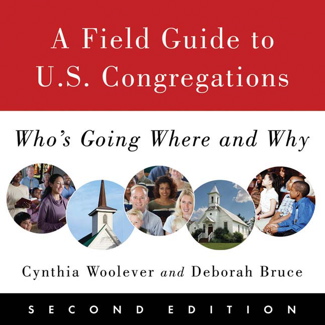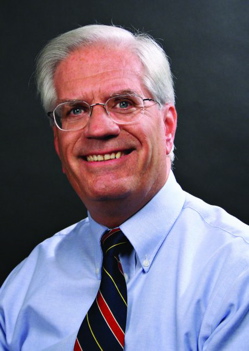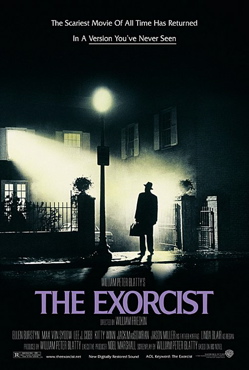
Yeah, I admit it. I enjoy wonky sociology books about religion–how many adherents, where they live, what they believe, what they eat for breakfast. So I knew I’d be pretty interested in Cynthia Woolever and Deborah Bruce’s Field Guide to U.S. Congregations. It’s a large-scale study of Christianity in America, both Protestant and Catholic (no Orthodox congregations, unfortunately). Results are based on surveys of 500,000 people in 5,000 congregations. I enjoyed reading the book and interviewing the authors for WJK Radio.
As wonky books go, this one is totally accessible. Chapters are short; text boxes with myths and fun facts are sprinkled throughout; and there are even cartoons. It’s very visual, with lots of charts and graphs. One other cool thing is that this is an updated second edition of research the authors first published in 2002, so there’s some basis for comparison about where religion has been and where it’s going.
Some of the more hand-wringing findings:
- The average churchgoer is now a decade older than the average American . . . and the gap is growing wider. When the Congregational Life survey was first done in 2001, the average worshiper’s age was 50. Now it’s 54.
- Half of congregations reported that worship attendance has declined in the past five years, while only about one in five reports an increase. In 2001, 83% of Protestant worshipers reported attending every week, while now it’s 76%. Among Catholics the decline is more severe — from 88% to 77%.
- When growth does occur, it’s usually the result of “transfers”–people who were already attending one church and switch their allegiance to another. It’s pretty rare to get converts who were previously unchurched. Churches that grow don’t do so by accident: many have outreach programs, new member courses, and special activities for newbies.
OK, that’s the depressing stuff. There are actually some silver linings in the report too. Some samples:
- Congregational giving is actually up, which surprised me since I have read Christian Smith’s book Passing the Plate and know that most Protestants give little and many Catholics give nothing at all. But according to Woolever and Bruce, churches report growing annual income from all sources.
- Pastors are surprisingly happy in their jobs. This one threw me, given all the reports of clergy burnout and overwork. But pastors and priests report a really high level of job satisfaction–92%! Most say they would enter the ministry all over again.
- 95% of people who attend worship say the services help them in their daily life, and only 40% report feeling bored. (I am sure the latter statistic would be higher if they interviewed Mormons about our stultifying sacrament meetings . . . .)
- When a church is growing, there’s a bit of a snowball effect, because new members are the people most likely to invite others to come check it out. Longstanding members tend to gather moss: only 37% of people attending for more than 20 years have invited someone to worship with them in the last year.
- Congregations have made great leaps in using technology since the first study was done. Twice as many churches have websites now, which means a lot of old fogeys are using “the Google.”
Interesting research! Pastors and educators should give it a look.

